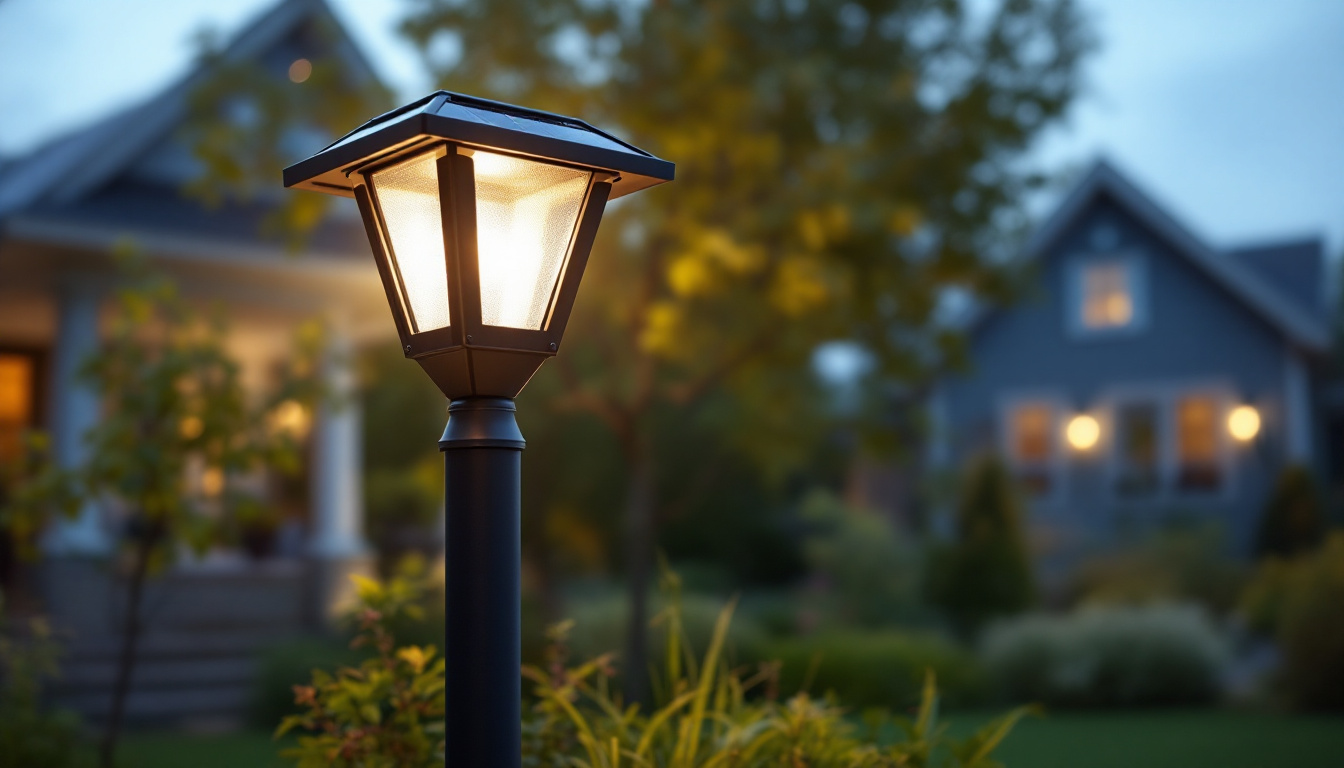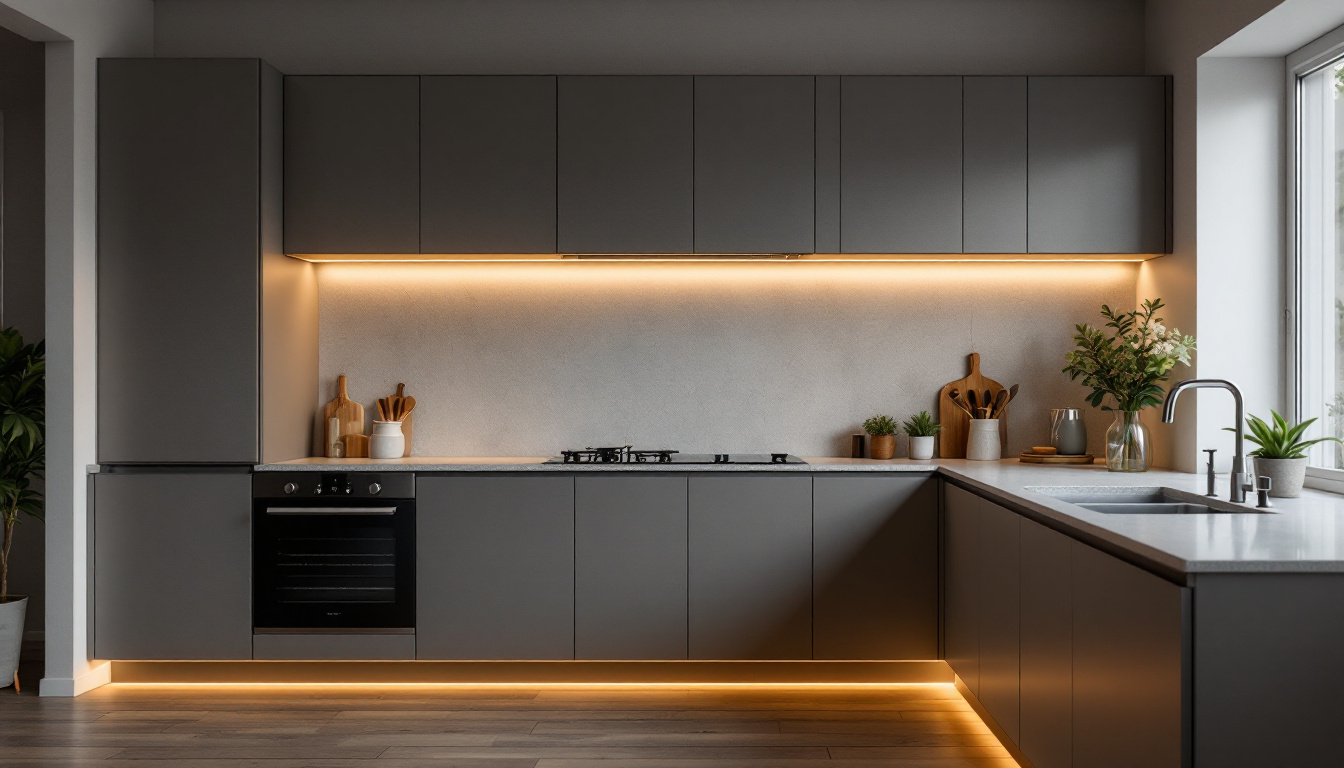
Loading Dock Lights: The Missing Piece in Many Lighting Projects
In the world of industrial and commercial lighting, loading docks often remain overlooked. While much attention is given to interior spaces and exterior facades, the loading dock area is a critical zone that demands adequate illumination. Proper lighting not only enhances safety but also improves efficiency and productivity. This article delves into the importance of loading dock lights, their types, benefits, and considerations for lighting contractors.
Loading docks serve as the gateway for goods entering and leaving a facility. This high-traffic area is often bustling with activity, making it essential to ensure that it is well-lit. Poor lighting can lead to accidents, inefficiencies, and even damage to products. Therefore, investing in appropriate loading dock lighting is not just an option; it is a necessity.
Safety is paramount in any industrial setting. Loading docks are often crowded with forklifts, pallet jacks, and personnel moving heavy loads. Insufficient lighting can create blind spots, leading to accidents and injuries. Properly designed loading dock lights illuminate these areas, ensuring that workers can see clearly and navigate safely.
Moreover, well-lit loading docks deter theft and vandalism. Criminals are less likely to target well-lit areas where they can be easily seen. Therefore, investing in quality loading dock lighting not only protects employees but also safeguards valuable inventory.
Efficient operations hinge on visibility. When loading docks are well-lit, workers can quickly identify packages, navigate equipment, and perform tasks without delay. This efficiency translates into faster loading and unloading times, ultimately improving the overall productivity of the facility.
Furthermore, proper lighting can reduce the likelihood of errors. When workers can clearly see what they are doing, they are less likely to misplace items or make mistakes during the loading process. This accuracy is vital in maintaining inventory integrity and customer satisfaction.
In addition to improving safety and efficiency, modern loading dock lighting solutions often incorporate energy-efficient technologies such as LED fixtures. These not only reduce energy consumption but also have a longer lifespan compared to traditional lighting options. This means fewer replacements and lower maintenance costs, allowing facilities to allocate resources more effectively. Furthermore, the use of motion sensors can enhance energy savings by ensuring that lights are only on when the area is in use, contributing to a more sustainable operational approach.
Another aspect to consider is the psychological impact of lighting on workers. Studies have shown that well-lit environments can boost morale and productivity. Employees who feel safe and comfortable in their workspaces are more likely to perform at their best. Therefore, investing in high-quality lighting not only addresses safety and efficiency but also fosters a positive work culture, which can lead to lower turnover rates and higher job satisfaction among staff members.
Understanding the various types of loading dock lights available is crucial for lighting contractors. Each type serves specific needs and can be tailored to the unique requirements of a facility.
LED lights have gained popularity in recent years due to their energy efficiency and longevity. They consume significantly less energy compared to traditional lighting solutions, which translates into lower utility bills. Additionally, LED lights have a longer lifespan, reducing the frequency of replacements and maintenance costs.
Another advantage of LED loading dock lights is their brightness. They provide excellent illumination, which is essential for safety and efficiency. With various color temperatures available, contractors can choose the right hue to enhance visibility and create a welcoming environment.
HID lights, including metal halide and high-pressure sodium lamps, have been traditional choices for loading dock lighting. These lights are known for their high lumen output, making them suitable for large areas. However, they have some drawbacks, such as longer warm-up times and shorter lifespans compared to LEDs.
While HID lights can still be effective, many facilities are transitioning to LED solutions for their benefits. However, understanding HID lights remains essential for contractors who may encounter existing systems during retrofitting projects.
Loading dock lights can be mounted in various ways, depending on the layout and specific needs of the dock. Wall-mounted fixtures are ideal for illuminating the sides of the dock, while ceiling-mounted lights provide overhead illumination. The choice between these options will depend on factors such as dock height, layout, and the presence of obstructions.
Additionally, some facilities may benefit from adjustable fixtures that allow for flexibility in directing light where it is needed most. This adaptability ensures that all areas of the loading dock are adequately illuminated, enhancing safety and efficiency.
When designing a loading dock lighting system, several factors must be taken into account. These considerations will ensure that the lighting solution is effective, efficient, and compliant with regulations.
The recommended illumination level for loading docks varies based on the tasks being performed. For general activities, a minimum of 10 to 20 foot-candles is advisable, while more detailed tasks may require higher levels. Lighting contractors must assess the specific needs of the facility and design a system that meets or exceeds these requirements.
Conducting a photometric analysis can help determine the best lighting layout and fixture placement. This analysis considers factors such as the height of the dock, the type of lighting used, and the presence of any obstructions that may affect light distribution.
In today’s eco-conscious environment, energy efficiency is a significant consideration for any lighting project. Choosing LED lights not only reduces energy consumption but also contributes to sustainability goals. Many facilities are looking to reduce their carbon footprint, making energy-efficient lighting solutions a valuable selling point for contractors.
Additionally, implementing smart lighting controls, such as motion sensors and timers, can further enhance energy savings. These systems ensure that lights are only on when needed, reducing unnecessary energy expenditure.
Loading dock lighting must comply with local and national regulations. These regulations often dictate minimum illumination levels, fixture types, and energy efficiency standards. Familiarity with these requirements is essential for lighting contractors to ensure that their designs are compliant and safe.
Moreover, understanding the specific needs of the facility can help contractors recommend solutions that not only meet regulatory standards but also enhance the overall functionality of the loading dock.
Proper installation of loading dock lights is critical to achieving optimal performance. Following best practices can ensure that the lighting system functions effectively and lasts for years to come.
When installing loading dock lights, careful consideration must be given to fixture placement. Fixtures should be positioned to eliminate shadows and blind spots, ensuring that all areas of the dock are adequately illuminated. This may involve placing lights at strategic angles and heights to maximize coverage.
Additionally, ensuring that fixtures are installed securely and at the correct height is crucial. Lights that are too low may be prone to damage from equipment, while those too high may not provide adequate illumination. A balance must be struck to ensure both safety and functionality.
Electrical wiring for loading dock lights should be installed following local codes and regulations. Using weatherproof and durable materials is essential, especially for exterior installations. Proper grounding and circuit protection should also be implemented to prevent electrical hazards.
Lighting contractors should work closely with electrical engineers and facility managers to ensure that the electrical infrastructure can support the lighting system. This collaboration can help identify any potential issues before installation begins.
Once the loading dock lighting system is installed, ongoing maintenance is essential to ensure optimal performance. Regular inspections and maintenance can prevent issues that may arise over time.
Conducting routine inspections of loading dock lights can help identify any malfunctioning fixtures or wiring issues. This proactive approach allows for timely repairs, ensuring that the lighting system remains functional and effective.
During inspections, it is also essential to check for dirt and debris accumulation on fixtures. Dirty lights can significantly reduce illumination levels, making regular cleaning a critical maintenance task.
As technology advances, upgrading lighting systems may become necessary to keep up with efficiency standards and performance expectations. Lighting contractors should stay informed about new products and technologies that can enhance loading dock lighting.
Upgrading to newer LED fixtures or implementing smart lighting controls can improve energy efficiency and performance, providing long-term benefits for facility managers and contractors alike.
Loading dock lights are a crucial component of any lighting project, yet they are often the missing piece in many designs. By understanding the importance of proper lighting in loading dock areas, lighting contractors can enhance safety, efficiency, and overall functionality.
From selecting the right type of fixtures to ensuring compliance with regulations and implementing best practices for installation and maintenance, every aspect of loading dock lighting should be carefully considered. By prioritizing this often-overlooked area, contractors can deliver comprehensive lighting solutions that meet the needs of their clients and improve operational outcomes.
In a competitive market, offering expertise in loading dock lighting can set contractors apart, showcasing their commitment to safety, efficiency, and quality in every project. Embracing this critical aspect of lighting design will undoubtedly lead to more successful and satisfying outcomes for all involved.
Ready to enhance your lighting projects with the best in class loading dock lights? Look no further than LumenWholesale. Our extensive selection of spec-grade lighting products is designed to meet the highest industry standards, ensuring safety, efficiency, and functionality for your clients. With unbeatable wholesale prices and the convenience of free shipping on bulk orders, you can trust LumenWholesale to light up your projects without the burden of inflated markups or hidden fees. Elevate your lighting solutions today by visiting Wholesale Lighting at the Best Value and experience the LumenWholesale difference.

Discover the innovative strategies smart lighting contractors use to maximize efficiency and performance with LED light bulbs for outdoor floodlights.

Discover how super bright solar post lights can revolutionize the business landscape for lighting contractors.

Discover common bathroom vanity side lights mistakes made by lighting contractors and learn expert tips to enhance safety, style, and functionality—boost your project’s success today!.

Discover how low voltage under cabinet lights can transform your lighting projects and help you secure more contracts.